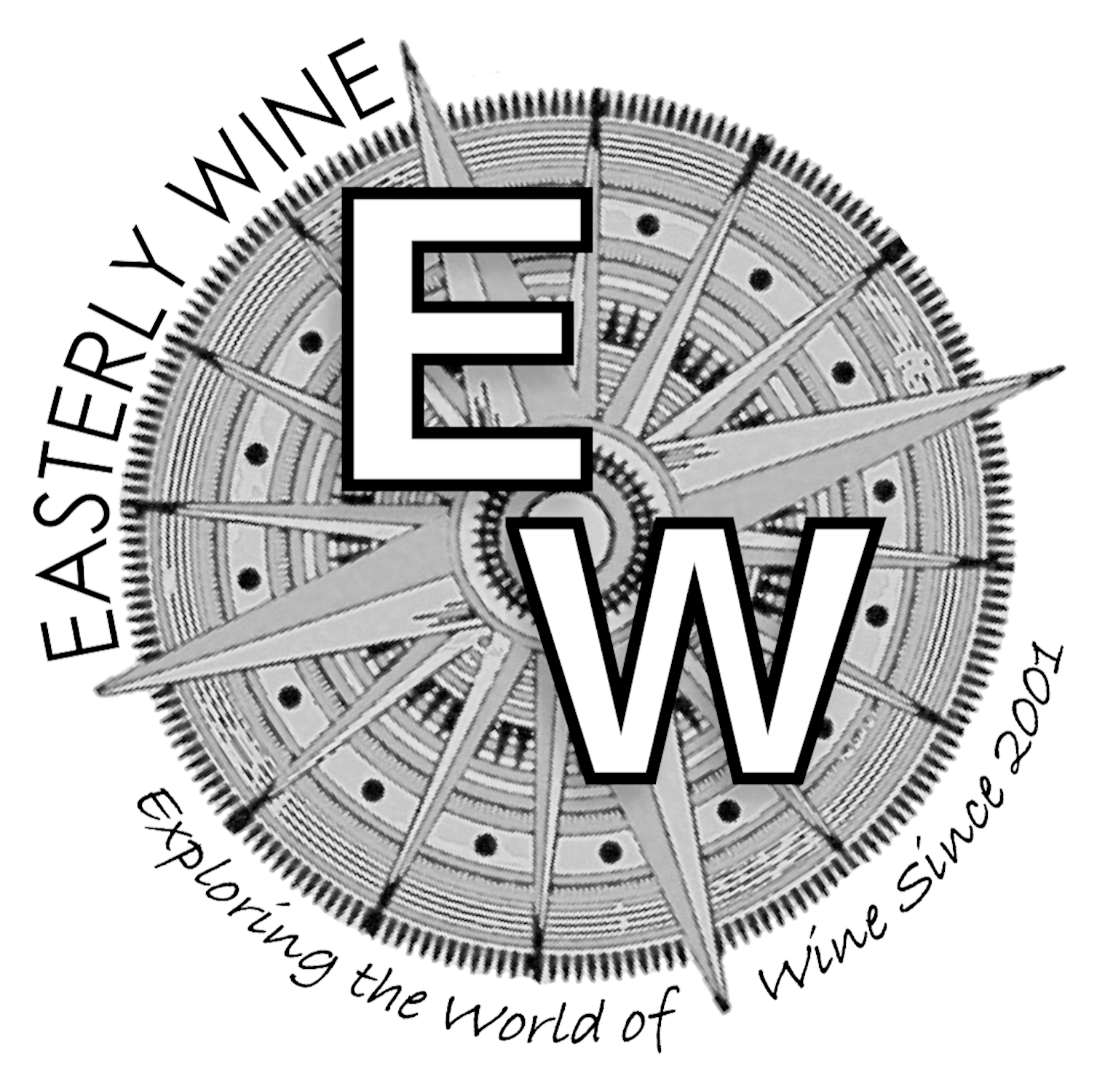EL MAESTRO SIERRA ANDALUCÍA, SHERRY COUNTRY, SPAIN
El Maestro Sierra was founded in 1830 by the master carpenter José Antonio Sierra. Recognized as one of the top coopers in the area, José Antonio made the barrels for all of the big Sherry houses, but he longed to become involved in the Sherry trade itself. Eventually, he built a small winery with the aim of making the best sherries possible. He was not welcomed in world of nobility-owned Sherry houses, and the local gentry did everything they could to stop him. Fortunately the quality of his sherry prevailed over their efforts and José Antonio became one of the top Almacenistas (stock-holders) of high quality Sherries.
El Maestro Sierra was passed down through the family and protected by the legendary Doña Pilar Pla Pechovierto, a brave and resolute woman who inherited the business after the early death of her husband, from 1976 until her passing in 2020. El Maestro Sierra became the first bodegas run entirely by women.
Their treasures are many. From their unique location in Jerez, they have a clear view of the Atlantic Ocean, where they are exposed to the cool Poniente winds which nourish the flor, allowing it to be present all year round, giving their wines elegance. This is one of the keys to their terruño. They have been buying their palomino grapes from the same suppliers for many decades and these growers are known for having some of the best parcels within Jerez Superior. Since the wines at El Maestro Sierra have seen little sales, the stocks have remained virtually untouched for the last 30 years. The soleras at the winery are easily over 60 years old, some may be close to 100.
Today the tradition is continued by Pilar’s daughter and current owner, Dr. Carmen Borrego Pla, and capataza Ana Cabestrero; aided by long-time-family-friend and consultant master capataz, Paco Salas. Being fierce protectors of tradition, they are one of the last bodegas still working entirely by hand. Ana and her team of four “run the scales” manually with the traditional canoa, jarra, sifón, and rocíador. This traditional way of moving the wine introduces the right amount of aeration, which in turn adds to the complexity. Upholding their heritage, all coopering and barrel repair is still done in-house, with no new barrels used. Filtering is minimal to non-existent (done manually with a sieve to simply keep out large particles from the bottle) and no SO2 is added to the wines, so everything from Maestro Sierra is bottled en rama. All of the wines in production are aged much longer than many of their contemporaries, led by their fino, which is released en rama, spending no less than six years under flor.
By anyone’s standard in Jerez, the crown jewel of Sherry is El Maestro Sierra.

